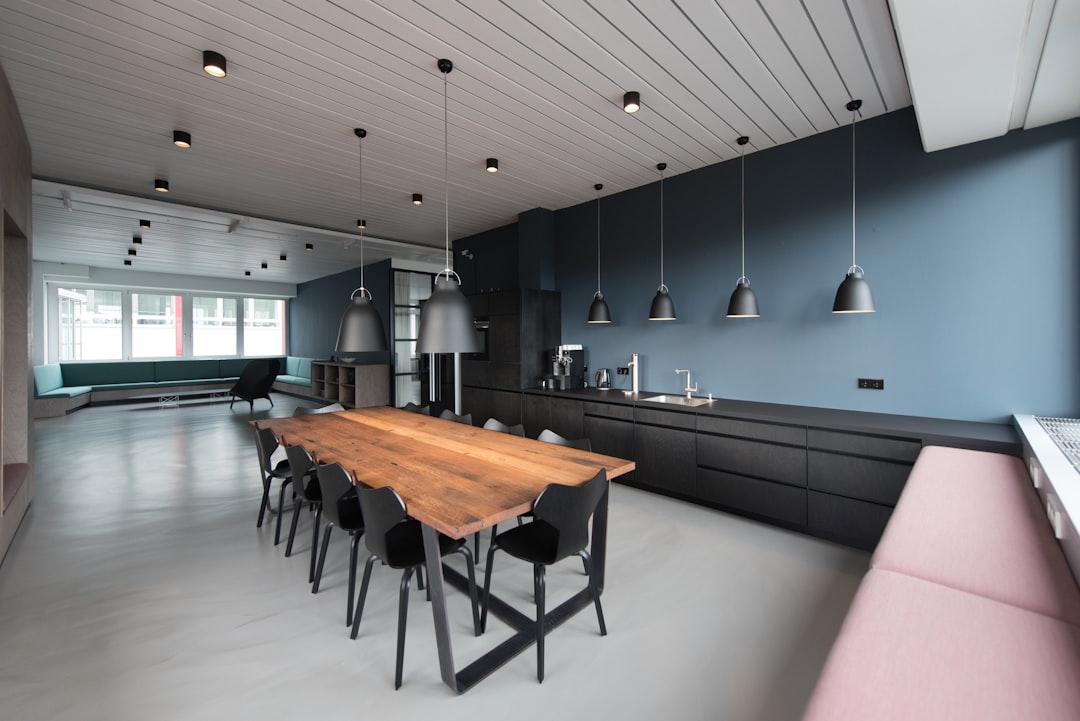
What is the impact of lighting on commercial interior design?
Posted by on 2024-12-13
Lighting is a crucial aspect of commercial interior design that can greatly impact the overall look and feel of a space. The right lighting can enhance the ambiance, highlight key features, and create a welcoming atmosphere for customers or clients.
One of the main ways in which lighting affects commercial interior design is through its ability to set the mood. Different types of lighting, such as warm or cool tones, can evoke different emotions and create different atmospheres. For example, soft, warm lighting can create a cozy and inviting feel in a restaurant or retail space, while bright, white light might be more appropriate for an office setting where focus and productivity are key.
In addition to setting the mood, lighting can also be used to highlight key features or areas within a space. By strategically placing lights above displays, products, or architectural elements, designers can draw attention to these focal points and guide customers' eyes around the room. This not only helps to showcase important elements but also creates visual interest and adds depth to the overall design.
Furthermore, lighting plays a practical role in commercial interior design by ensuring that spaces are well-lit and functional. Adequate lighting is essential for safety reasons as well as for creating an environment where employees can work efficiently and customers can navigate easily. Properly illuminated spaces are not only more visually appealing but also more comfortable and conducive to business operations.
Overall, the impact of lighting on commercial interior design cannot be understated. It has the power to transform a space from dull and uninspiring to vibrant and dynamic. By carefully considering factors such as color temperature, brightness levels, and placement of fixtures, designers can create environments that are not only aesthetically pleasing but also functional and inviting for both clients and employees alike.